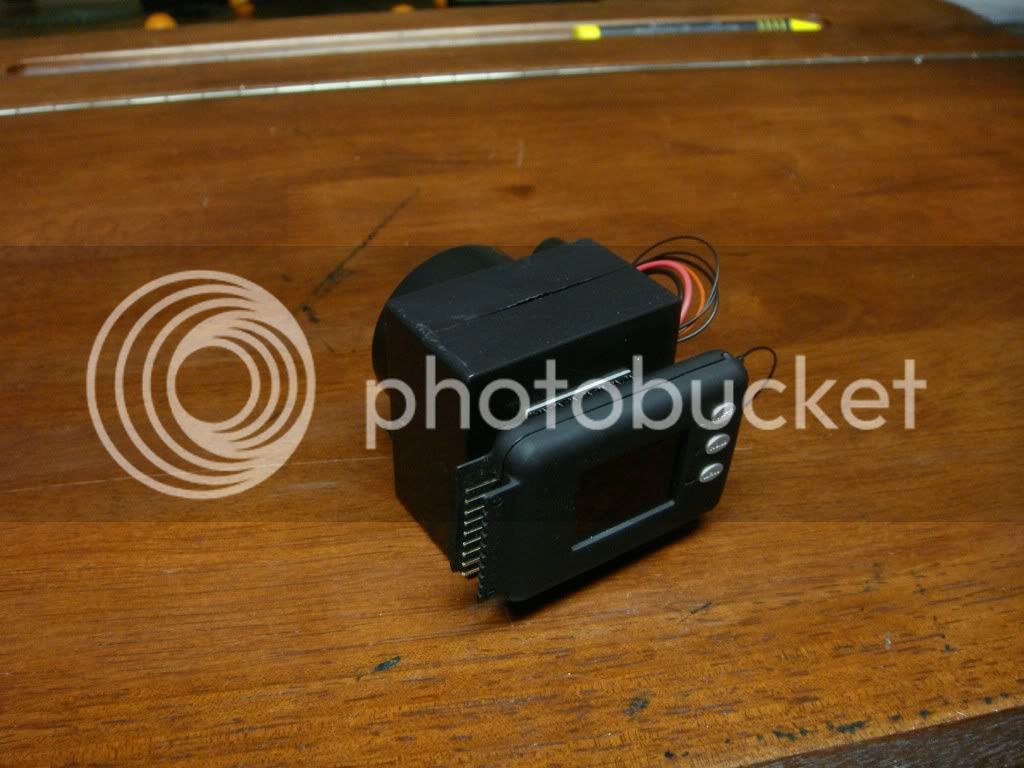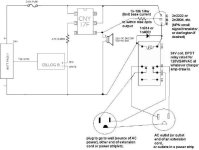The Journey Guy
1 kW
- Joined
- Aug 16, 2009
- Messages
- 300
For several weeks now I have been trying to wrap my mind around the several threads showing how to do an alarm circuit for the CellLog voltage monitors. Maybe it's been because of the pain meds I was taking, or maybe I'm just too dense, but I couldn't figure out how to make one that worked without blowing out my CellLog.
With the detailed help from Knoxie, I finally got an alarm circuit up and running, and it actually works great! I'm using this alarm to let me bulk charge my Headway packs up to almost top level. I have the alarm set to where it actuates at 3.60v. When I hear the loud buzzer go off, I know it's time to remove the bulk charger, and finish charging with my voltphreak array. That way, I insure that all cells are balanced and topped off, without having to use the array for hours at a time to charge the entire pack.
If you can use a solder iron, you can make this alarm circuit. I'm going to include the schematic that Knoxie made, and also include the parts list he provided. All the credit for this alarm circuit goes to him, in as much as he provided me with the information. Maybe he got the info somewhere else, but all I know is without his help, I would still be in the dark. So, hopefully this will help others who are scratching their head and wondering how to make one.
Here is the schematic showing how things go together:
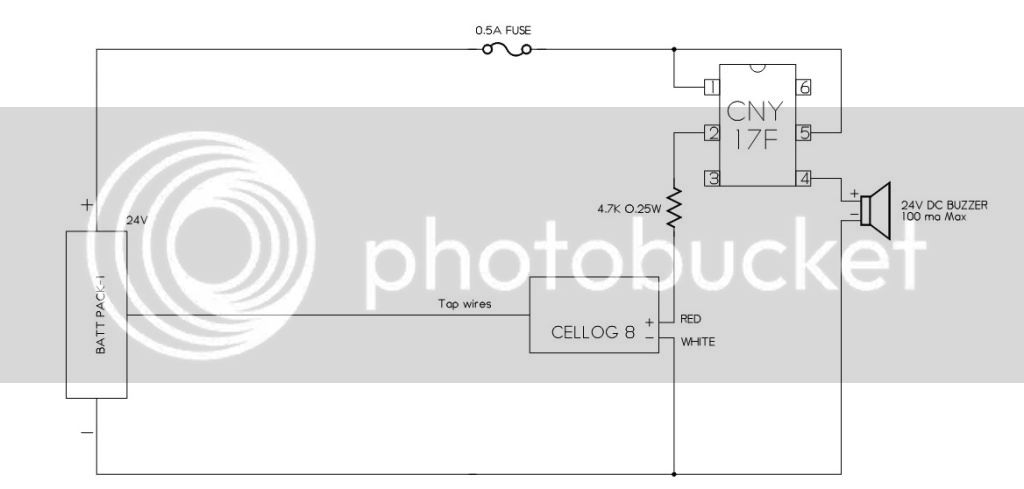
Here are some photos of how my efforts turned out:
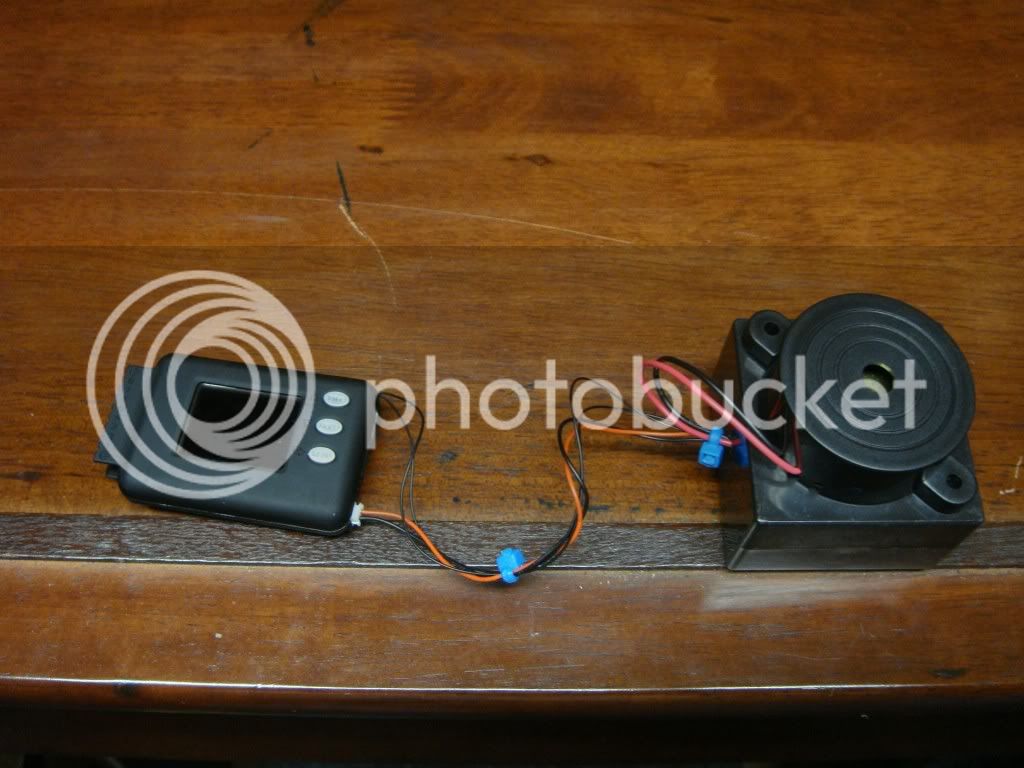
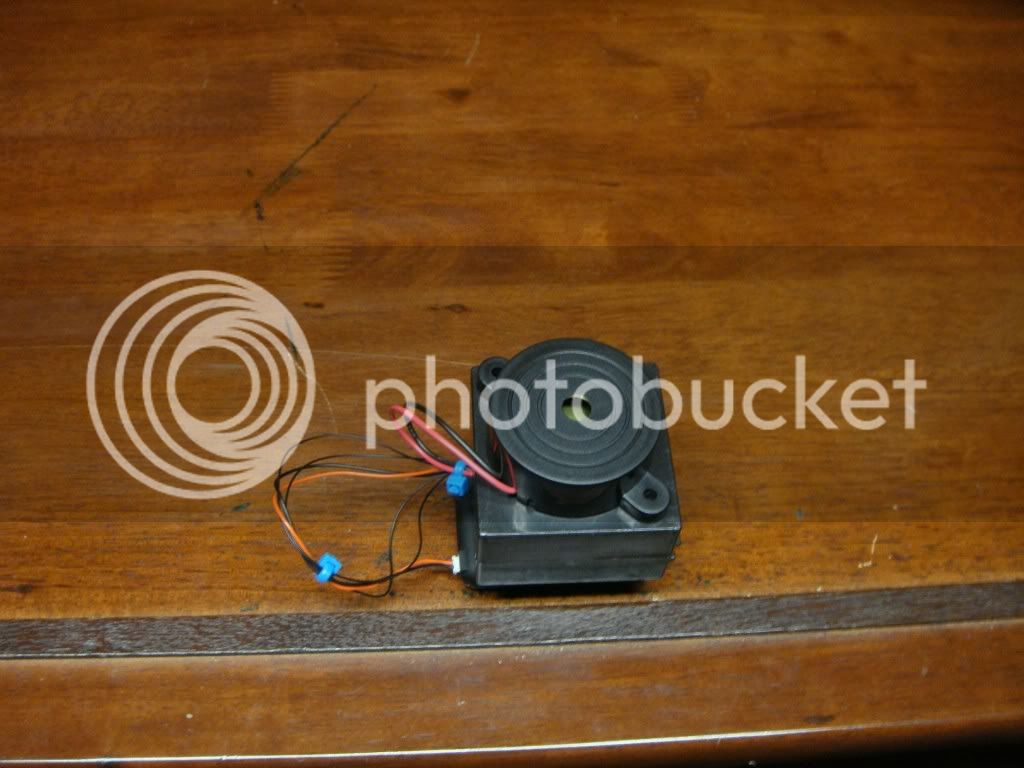

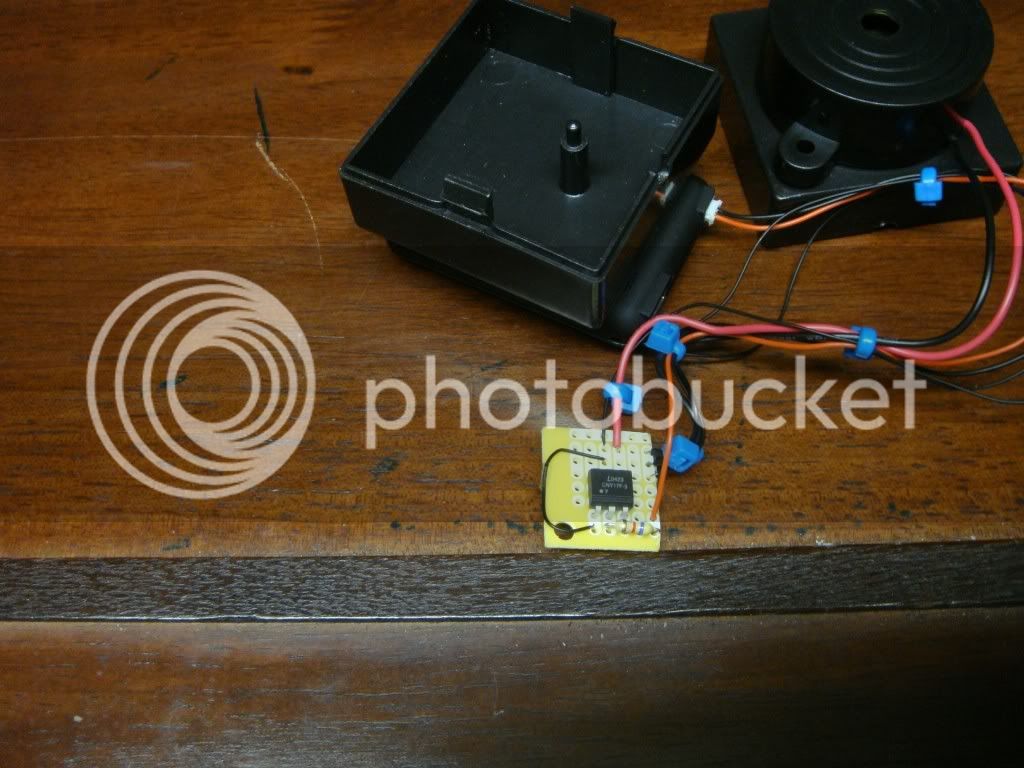
I think there is a limit to how many photos I can use in one post, so I'll continue this in the next one.
TJG
With the detailed help from Knoxie, I finally got an alarm circuit up and running, and it actually works great! I'm using this alarm to let me bulk charge my Headway packs up to almost top level. I have the alarm set to where it actuates at 3.60v. When I hear the loud buzzer go off, I know it's time to remove the bulk charger, and finish charging with my voltphreak array. That way, I insure that all cells are balanced and topped off, without having to use the array for hours at a time to charge the entire pack.
If you can use a solder iron, you can make this alarm circuit. I'm going to include the schematic that Knoxie made, and also include the parts list he provided. All the credit for this alarm circuit goes to him, in as much as he provided me with the information. Maybe he got the info somewhere else, but all I know is without his help, I would still be in the dark. So, hopefully this will help others who are scratching their head and wondering how to make one.
Here is the schematic showing how things go together:

Here are some photos of how my efforts turned out:




I think there is a limit to how many photos I can use in one post, so I'll continue this in the next one.
TJG



